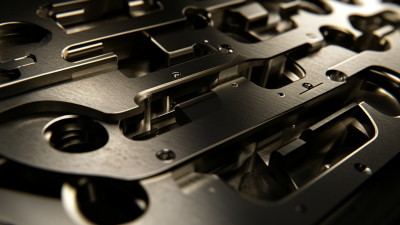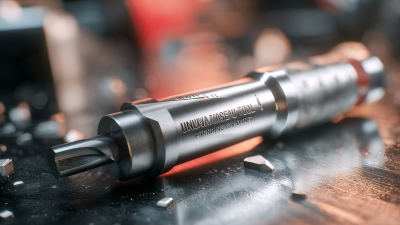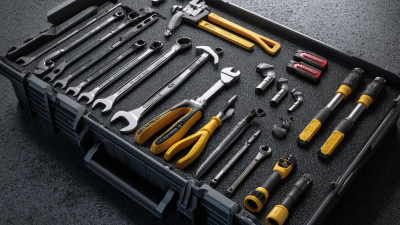
When it comes to precision machining, the choice of the right Face Grooving Tool can significantly impact both the efficiency of your work and the quality of the finished product. These specialized tools are essential for creating grooves on the face of a workpiece, allowing for intricate designs and varying depths to meet specific project requirements. However, with a plethora of options available, selecting the perfect Face Grooving Tool tailored to your needs can be daunting. This ultimate guide aims to simplify the decision-making process by outlining the key factors to consider, including material compatibility, tool geometry, and cutting parameters. Whether you are a seasoned machinist or a newcomer to the field, understanding the intricacies of Face Grooving Tools will equip you with the knowledge necessary to enhance your machining capabilities and achieve superior results.
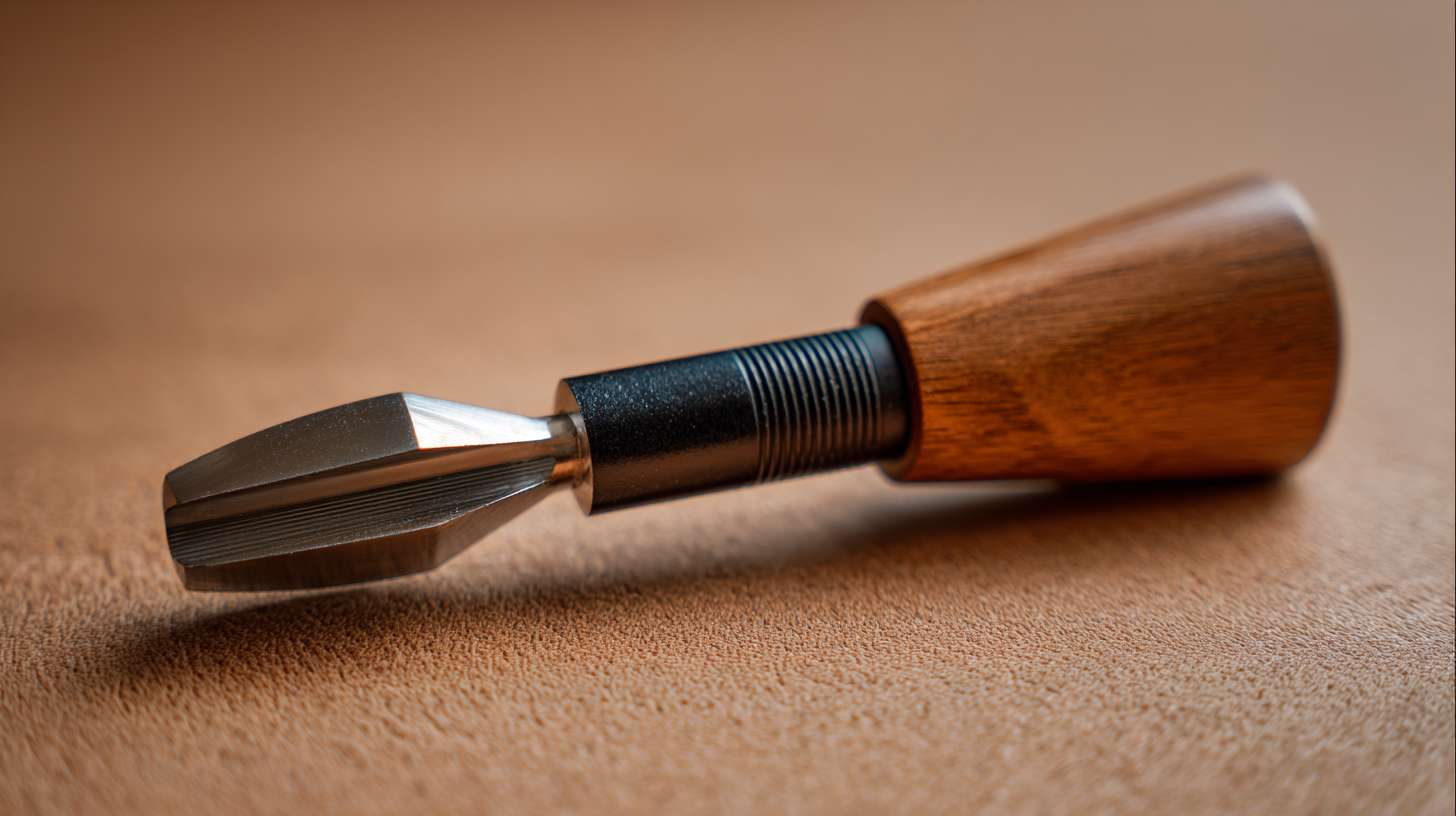
When it comes to selecting the right face grooving tool for specific applications, understanding the different types available is crucial. According to a recent report by Industry Trends, the demand for precision grooving tools has surged by over 30% in the past two years alone, driven by advancements in manufacturing processes and an increased focus on efficiency. Depending on the specific application—whether it's for machining complex geometries, creating tight tolerances, or enhancing surface finishes—choosing the appropriate tool can drastically affect productivity and product quality.
For tasks that involve intricate designs and high precision, carbide-tipped face grooving tools are often the preferred choice. Their durability and resistance to wear make them ideal for materials requiring consistent cuts and finishes, particularly in the aerospace and automotive industries. Conversely, high-speed steel (HSS) tools are favored for softer materials due to their cost-effectiveness and versatility. A recent study highlighted that using the right material can improve tool life by up to 50%, thereby reducing downtime and operational costs. Ultimately, understanding the specific requirements of your application will guide you in selecting the perfect face grooving tool that aligns with both efficiency and quality standards in the industry.
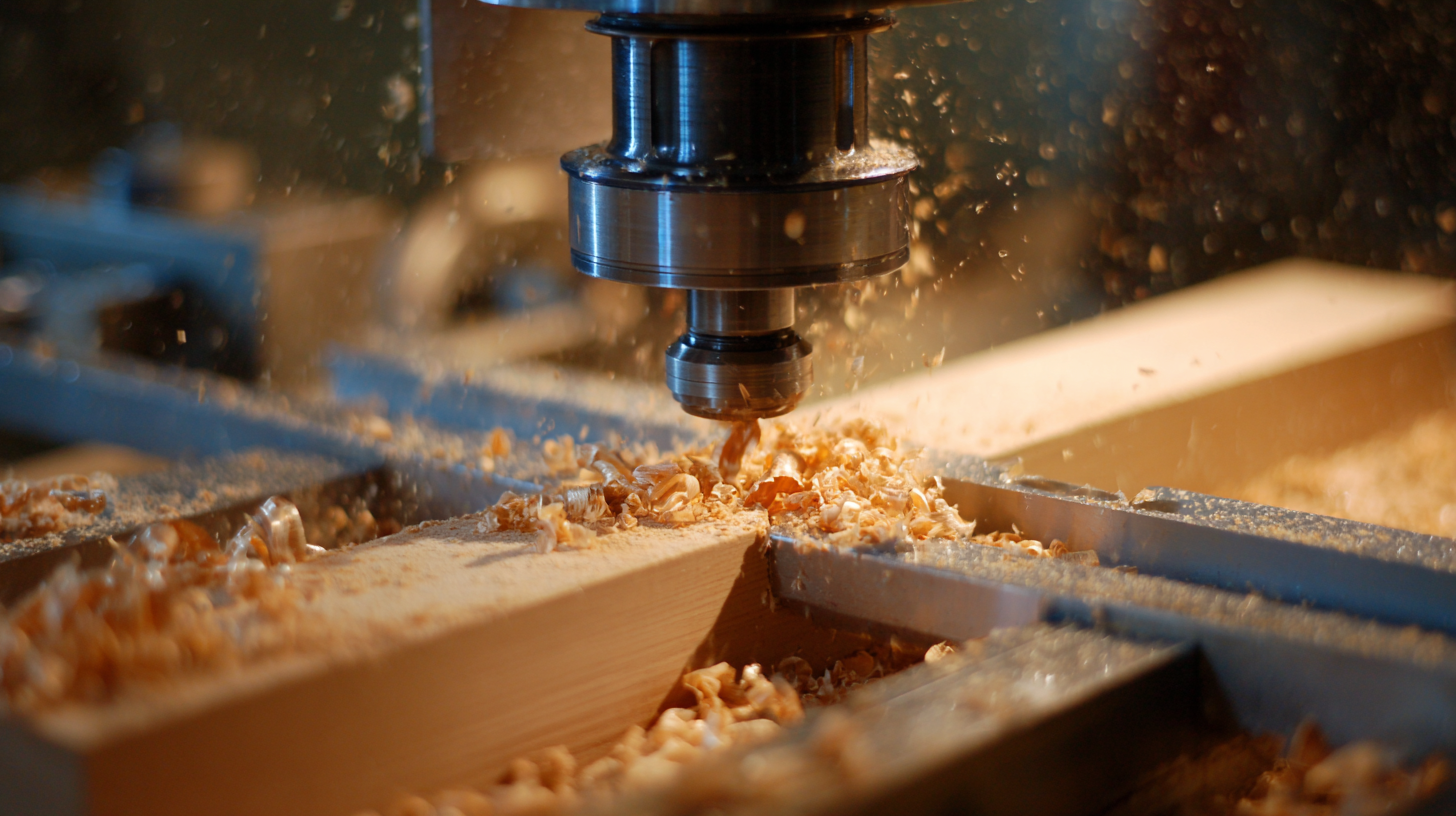
When selecting the ideal face grooving tool, it is essential to understand the key features that influence performance and efficiency. The material of the tool, typically carbide or high-speed steel, significantly affects its durability and cutting capabilities. According to a recent industry report by MarketsandMarkets, the global cutting tool market is expected to reach $32.95 billion by 2027, indicating a growing demand for tools that offer precision and longevity. This highlights the importance of investing in face grooving tools that deliver consistent performance under varying conditions.
Another crucial feature to consider is the geometry of the tool. Different designs cater to specific applications, and selecting the right geometry can minimize tool wear and maximize machining efficiency. Research indicates that the right cutting angle can improve chip removal and lower cutting forces, which ultimately enhances surface finish quality. Moreover, tools equipped with advanced coatings, such as TiAlN or TiN, have been shown to extend tool life by up to 50%, making them a valuable consideration for manufacturers looking to optimize their production processes.
| Feature | Description | Importance Level | Recommended For |
|---|---|---|---|
| Material | The type of material the tool is made from, commonly high-speed steel (HSS) or carbide. | High | General machining and production environments. |
| Cutting Edge Geometry | The shape and angle of the cutting edge affect chip removal and surface finish. | Medium | Precision machining applications. |
| Tool Length | The overall length of the tool can affect its reach for different depths. | High | Deep groove cutting operations. |
| Coating | Additional coatings to improve wear resistance and reduce friction. | Medium | High-speed applications with tough materials. |
| Shank Type | The shape of the tool shank for compatibility with specific holders. | High | Tool holders and machines with specific requirements. |
| Chip Breaker Design | Features that help control chip formation and removal. | Medium | Machining operations generating large amounts of chips. |
When it comes to face grooving tools, choosing a trusted brand can make all the difference in achieving precision and efficiency in your projects. Here are the top five brands that have earned a solid reputation among professionals and hobbyists alike.
First on the list is **Kennametal**, known for its high-quality cutting tools and innovative designs. They offer a range of face grooving tools that provide exceptional performance and durability. Next is **Widia**, which focuses on advanced tool materials that ensure longevity and reliability in demanding environments. Their products are favored for their consistent results and ease of use.
Another respected brand is **Sandvik Coromant**, renowned for its technological advancements and comprehensive tool solutions. Their face grooving tools are designed to optimize cutting speeds and enhance precision. **Toolmex** is also worth mentioning, as they provide affordable yet reliable options that cater to both beginners and experienced machinists. Lastly, **Mitsubishi Materials** combines precision engineering with innovative design, making their face grooving tools a popular choice for complex machining operations.
When selecting a face grooving tool, consider the specific requirements of your projects. Look for features like insert types, tool material, and compatibility with your machine. Additionally, investing in a tool with a reputable warranty can provide peace of mind and ensure long-term use.
Maintaining your face grooving tool is essential for ensuring its longevity and performance. Regular cleaning is the first step in this process. After each use, make it a habit to wipe down the tool with a soft cloth to remove any debris or metal shavings. If your tool has accumulated more grime, using a mild solvent can help dissolve any stubborn residue, ensuring that the cutting edges remain sharp and effective.
Lubrication is another key aspect of tool maintenance. Applying a high-quality lubricant to the moving parts not only reduces friction but also helps prevent rust and corrosion. It’s advisable to check the owner’s manual for specific lubrication points and intervals, as different tools may have varying requirements. Additionally, storing the tool in a dry, controlled environment will further protect it from environmental factors that could lead to deterioration. By following these expert tips, you can keep your face grooving tool in top condition, maximizing its efficiency and lifespan.
When choosing the right face grooving tool, the comparison between carbide and HSS (high-speed steel) options becomes crucial.
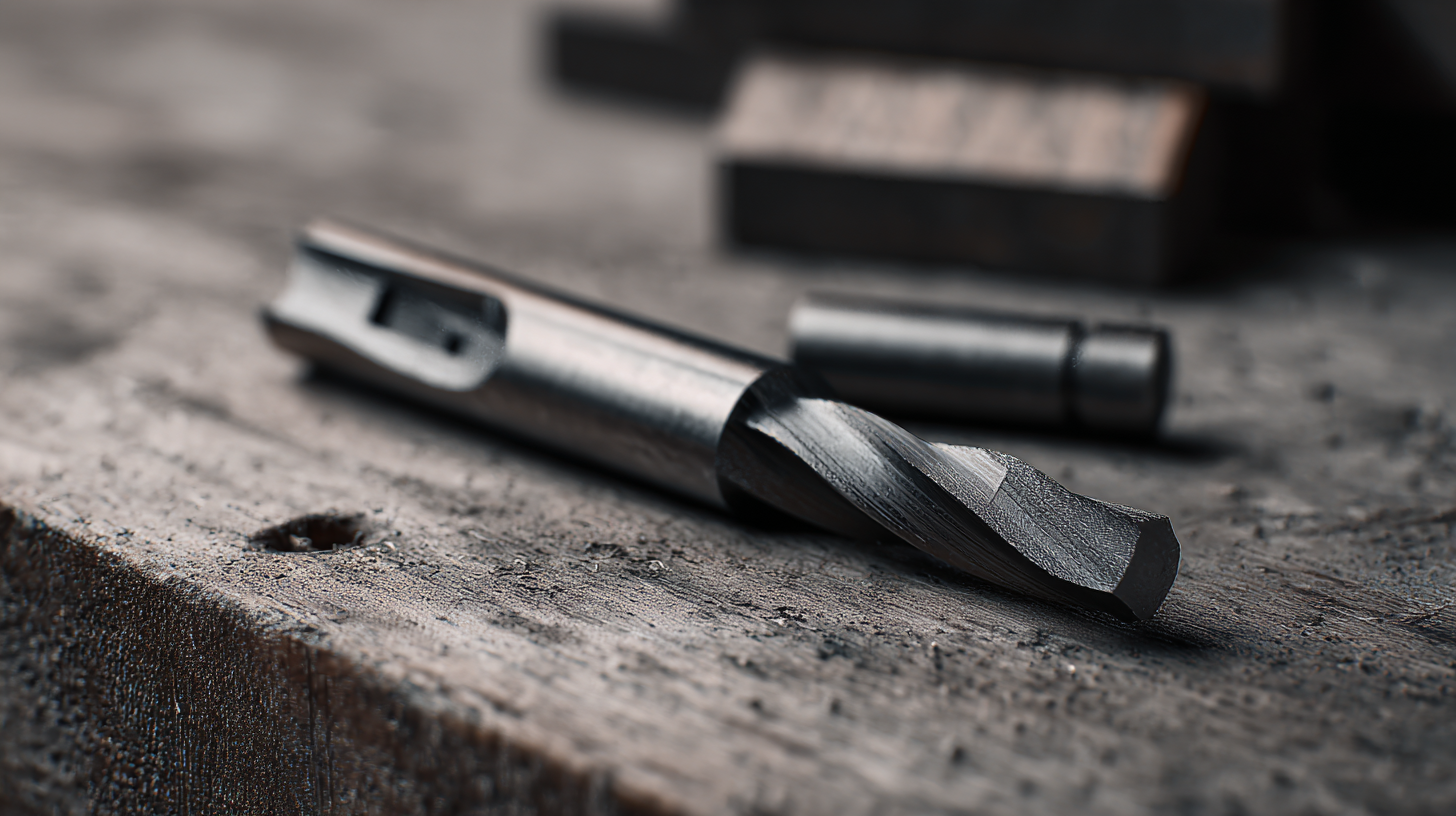 Carbide tools are known for their superior hardness and wear resistance, making them ideal for machining tougher materials and ensuring a longer lifespan. They excel in high-speed applications, where they can maintain sharpness and precision, particularly when working on stainless steel—an area where new drill geometries are being developed to enhance performance. These advancements focus on stability and reliability, which is essential when working with materials like stainless steel that can present significant challenges during dry drilling.
Carbide tools are known for their superior hardness and wear resistance, making them ideal for machining tougher materials and ensuring a longer lifespan. They excel in high-speed applications, where they can maintain sharpness and precision, particularly when working on stainless steel—an area where new drill geometries are being developed to enhance performance. These advancements focus on stability and reliability, which is essential when working with materials like stainless steel that can present significant challenges during dry drilling.
On the other hand, HSS tools offer excellent versatility and are easier to sharpen, making them a cost-effective choice for various applications. They are typically preferred for lighter machining tasks or in scenarios where precision is not as critical. However, for demanding environments where durability and efficiency are paramount, carbide tools often take the lead. By evaluating the specific requirements of your projects and considering recent innovations in tool geometries, you can make an informed decision on the right face grooving tool that meets your needs effectively.
